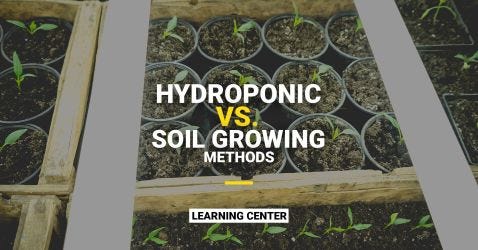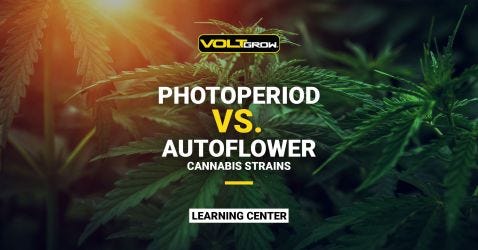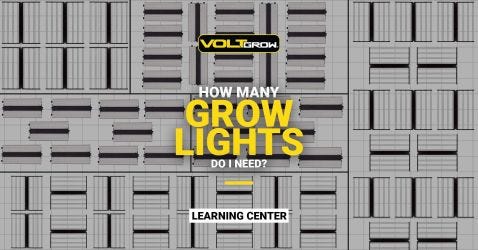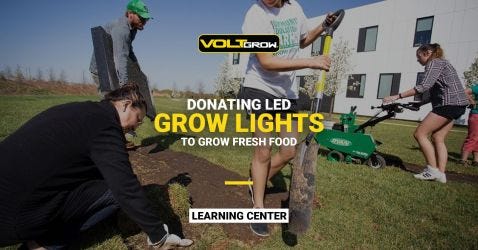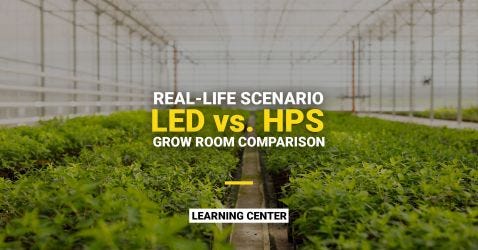What is a Flowering Room?
Flowering rooms are where plants are moved for their final stage of development and is arguably the most critical. Flowering rooms are where plants are moved after the vegetative stage and is the final stage before harvest. During the flowering stage, plants are at their most light hungry and require very large quantities of light for maximum yield. The minimum PPFD of a flowering room is 600 µmol/m2/s, but growers looking for the largest possible yields aim much higher. Studies have shown that increasing the light density in a flower room will increase plant growth until the PPFD of your canopy reaches 1500 µmol/m2/s. At that point the plant has become fully saturated with light and any additional light will contribute very little to photosynthesis. During the flowering stage, it has also been shown that increasing the ratio of red light the plants receive can be beneficial for maximizing yields. Red is the wavelength of light that is most easily absorbed by plant cells for photosynthesis and has been known to stretch the plants, making them taller and increasing their biomass. There are a number of other variables that can affect growth besides light, such as CO2 levels, temperature, humidity, and nutrients. These should be monitored closely during this critical stage of development. There are a number of ways people arrange their flowering rooms depending on their situation and personal preference.
Single-level Flowering Rooms
A single-level flower room has one large canopy that is at the same height. This method allows growers to easily view their plants to check on their development and ensure they are in good health. Additionally, by having one large canopy you reduce the amount of wasted light. Near the edges of a canopy, some of the light produced by a grow light can miss the canopy and hit a wall or floor. By creating one large canopy instead of multiple canopies fewer lights are put in a position where their light could spill off the edge of your grow area. Meaning more of the light produced ends up contributing photosynthesis and plant growth. Single-level grows are the most popular configuration for flowering rooms due to their easy set-up and efficient use of resources. However, they require a large open space with no obstructions, which some grow facilities cannot support.

For this style of growing, the VOLT® Grow FL-1 Full-Cycle LED Grow Light is highly recommended. This grow light has an extremely high output of 2000 µmol/s, which benefits plants in the light hungry flowering stage of development. With an efficacy of 2.7 µmol/J, they produce very little waste heat and can be mounted closer to the top of your canopy than HPS or CMH lights can. This means fewer photons produced by the light will be absorbed by particles in the air, resulting in more of them being absorbed by the plant for use in photosynthesis.
Multi-level Flowering Rooms
For growers trying to maximize the canopy size of their flowering room, a multi-level level approach is an excellent option. This style of grow stacks plants vertically on racks, with lights hanging directly above each layer of plants. This can effectively double or triple the size of your canopy using this method. This style of grow was made possible with advent of LED grow light technology. LED grow lights produce far less heat than traditional HID lamps, allowing them to be placed closer to the canopy without burning the plant. This style of grow does have a more involved setup process and can make monitoring plants a little more difficult, but the major advantage of this configuration is how it allows you to fit more plants in a smaller room. Which is why multi-level grows are most often found in urban areas where real estate is more expensive.
For this style of grow, we also recommend using the VOLT® Grow FL-1. This light has the high light output needed to boost yields during the flowering stage. Additionally, they were designed to have a low-profile so the total height of the fixture is only a few inches. This is advantageous for vertical grows, where the space above each canopy layer is limited. These fixtures utilize the latest and most efficient LED chips, meaning they produce very little heat and can be safely placed close to the canopy.
How Long Should Grow Lights Be On?
During the flowering stage, it is recommended to have your light turned ON for 12 hours and OFF for 12 hours in complete darkness each day. We suggest using a timer to automatically set your daily light cycles. Since you want the highest possible light output during flowering, we recommend having our FL-1 light on the highest dim setting while hanging it 6-12 inches above the top of the canopy.


